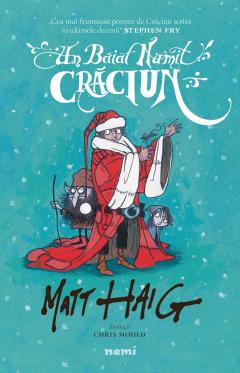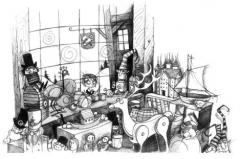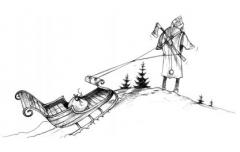Un baiat numit Craciun este cartea cea mai frumoasa pe care-ti poti dori s-o citesti de sarbatori. Are de toate: zapada, aventuri, magie, umor, reni, turta dulce, elfi, spiridusi si un baiat pe nume Nikolas caruia nu-i e teama sa creada in magie.
Frumos intretesuta printre randuri, lectia pe care o invata Nikolas si, odata cu el, copiii de toate varstele care citesc cartea, este ca adevarata magie a Craciunului este magia daruirii, un dar de care ne putem bucura cu totii.
Plina de intelepciune si umor, Un baiat numit Craciun, este deja un clasic in devenire, o poveste neobisnuita si incitanta, scrisa de autorul de succes Matt Haig si minunat ilustrata de Chris Mould.
Drepturile pentru ecranizarea cartii au fost cumparate de Blueprint si Studio Canal, iar scenariul va fi semnat de Ol Parker.
„Un nou clasic maret. Amuzant, un pic trist si absolut stralucit. Se pare ca, de fapt, stiam doar jumatate din poveste.” (Simon Mayo, BBC)
„Cea mai frumoasa poveste de Craciun publicata in ultimele decenii. Generatiile viitoare vor asocia cu Un baiat numit Craciun aceeasi bucurie si stare de bine pe care ne-o dau noua mancarurile traditionale si oamenii de zapada.” (Stephen Fry)
„Un ren numit Blitzen si o caciula rosie putin cam neobisnuita... aceasta poveste de Craciun ar putea sa-l emotioneze chiar si pe Scrooge.” (The Guardian)
„Lectura cartii se aseamana cu placerea de a sta langa foc intr-o zi friguroasa... E cartea perfecta pentru Craciun din toate punctele de vedere.” (The Independent)




